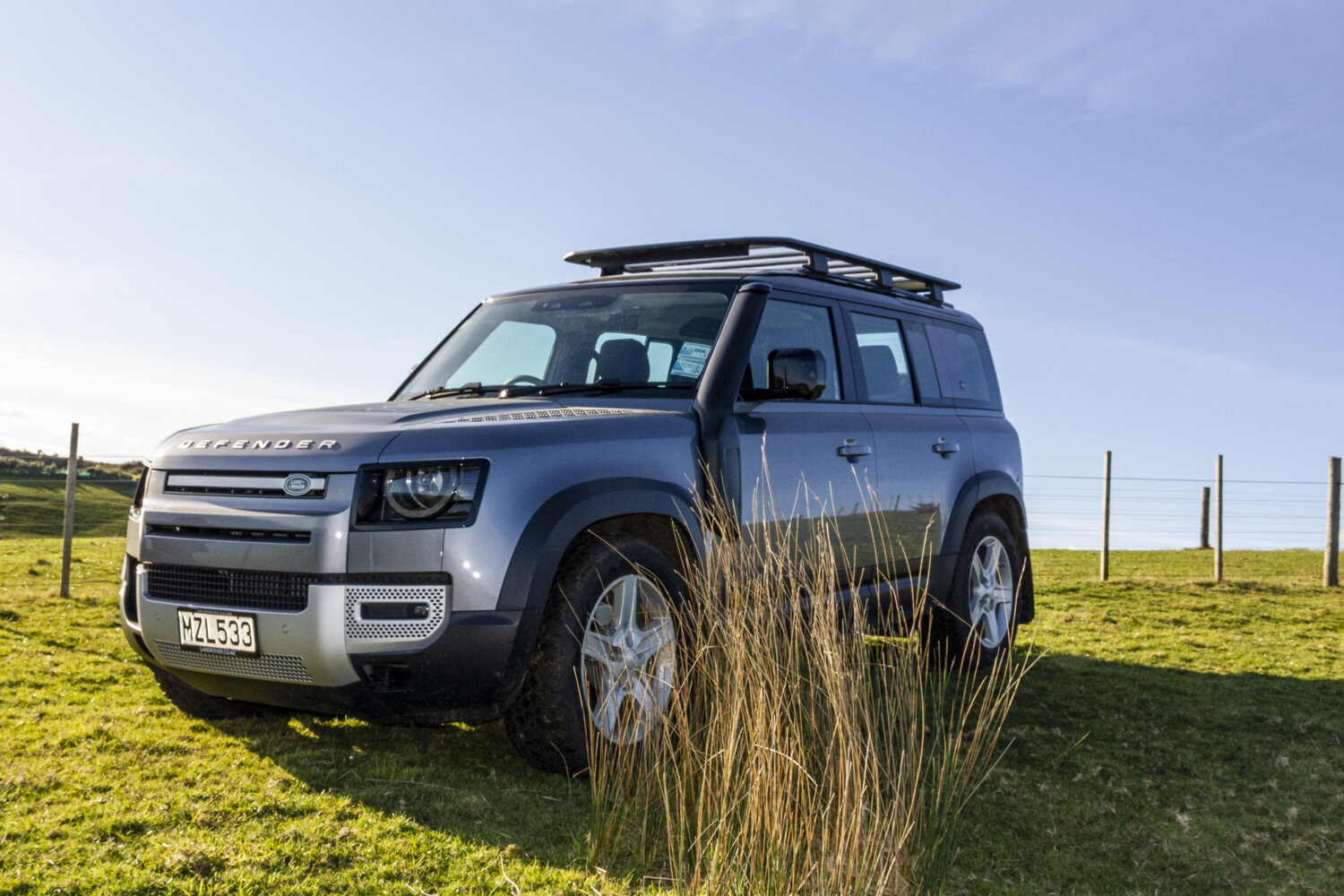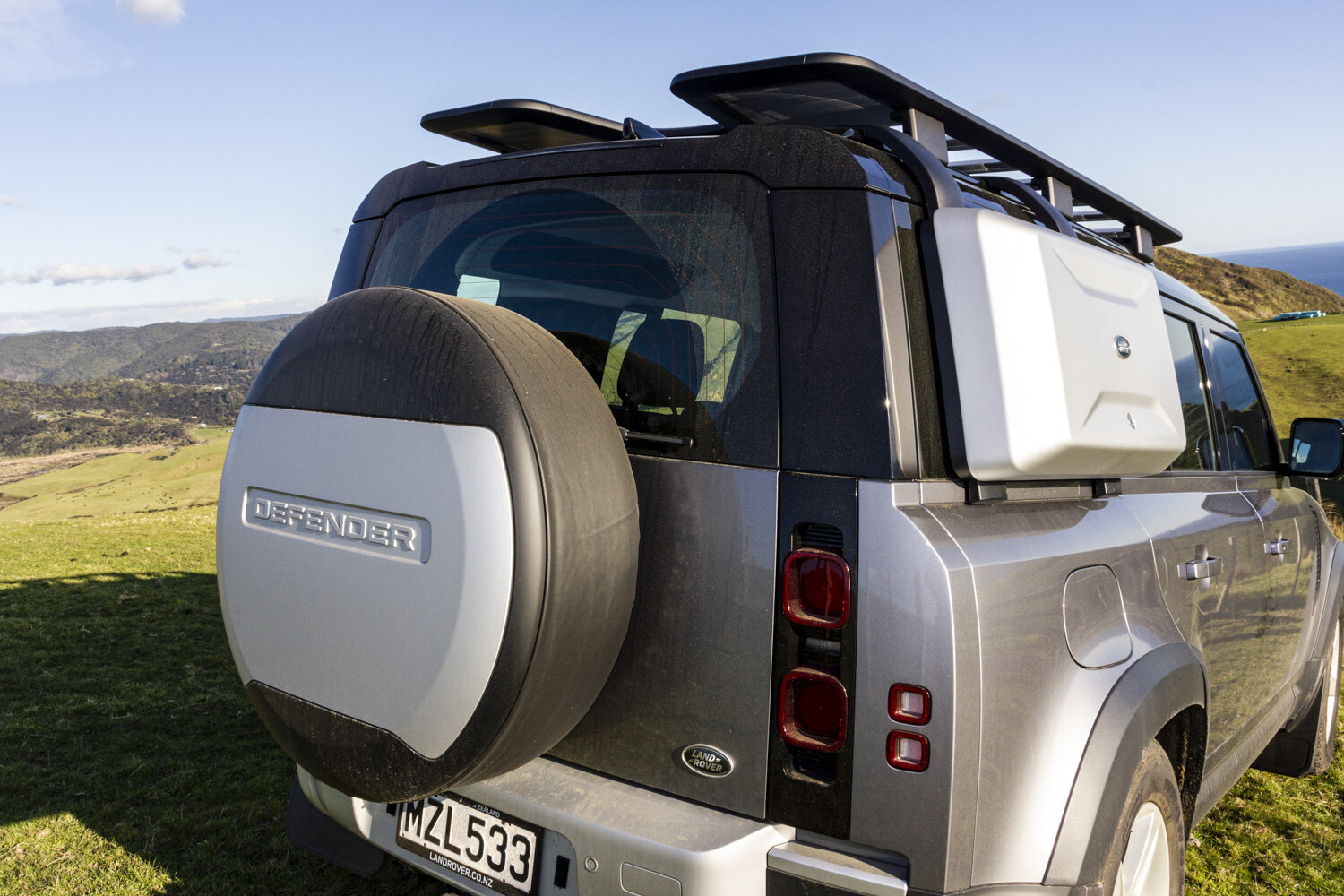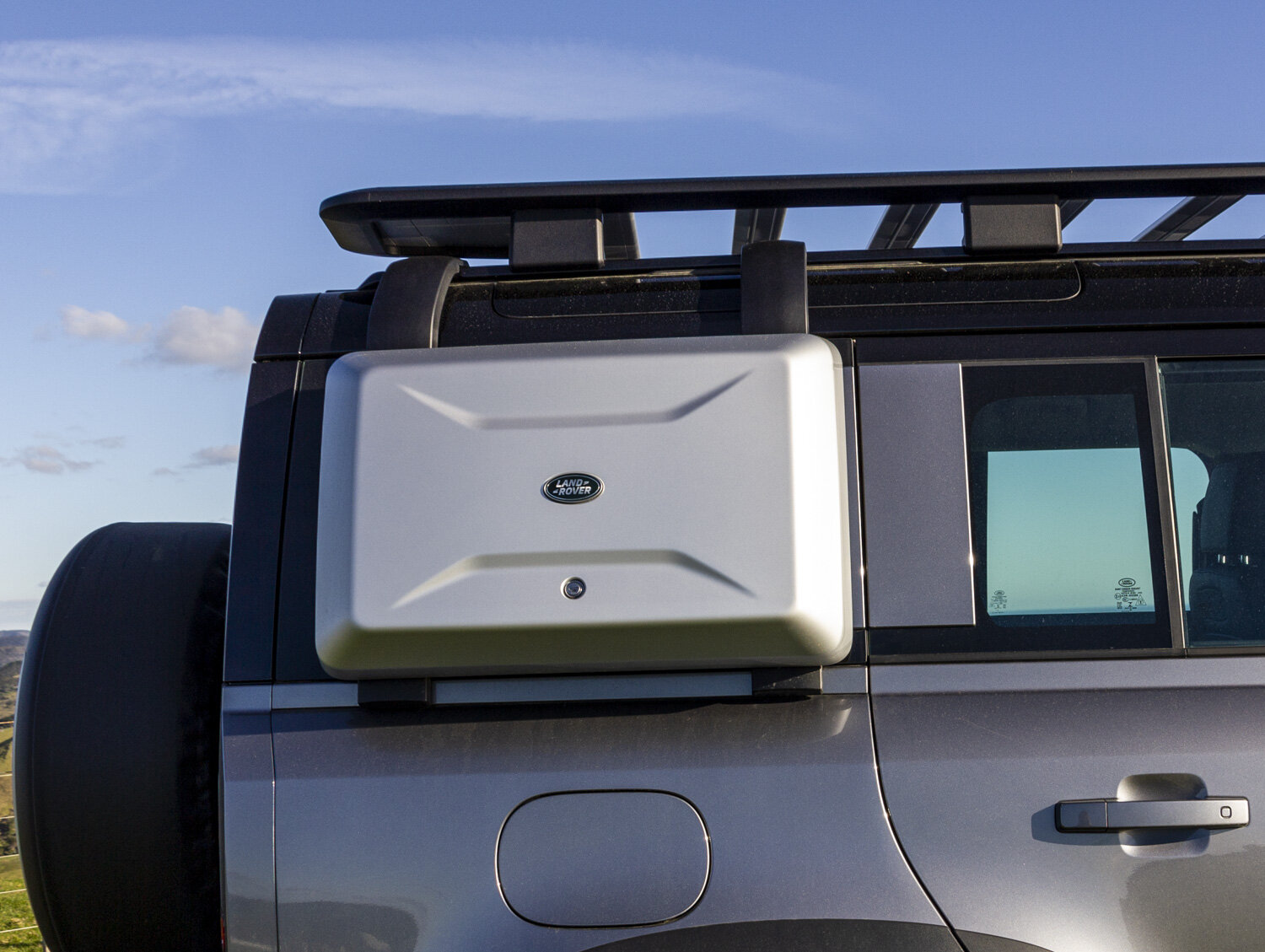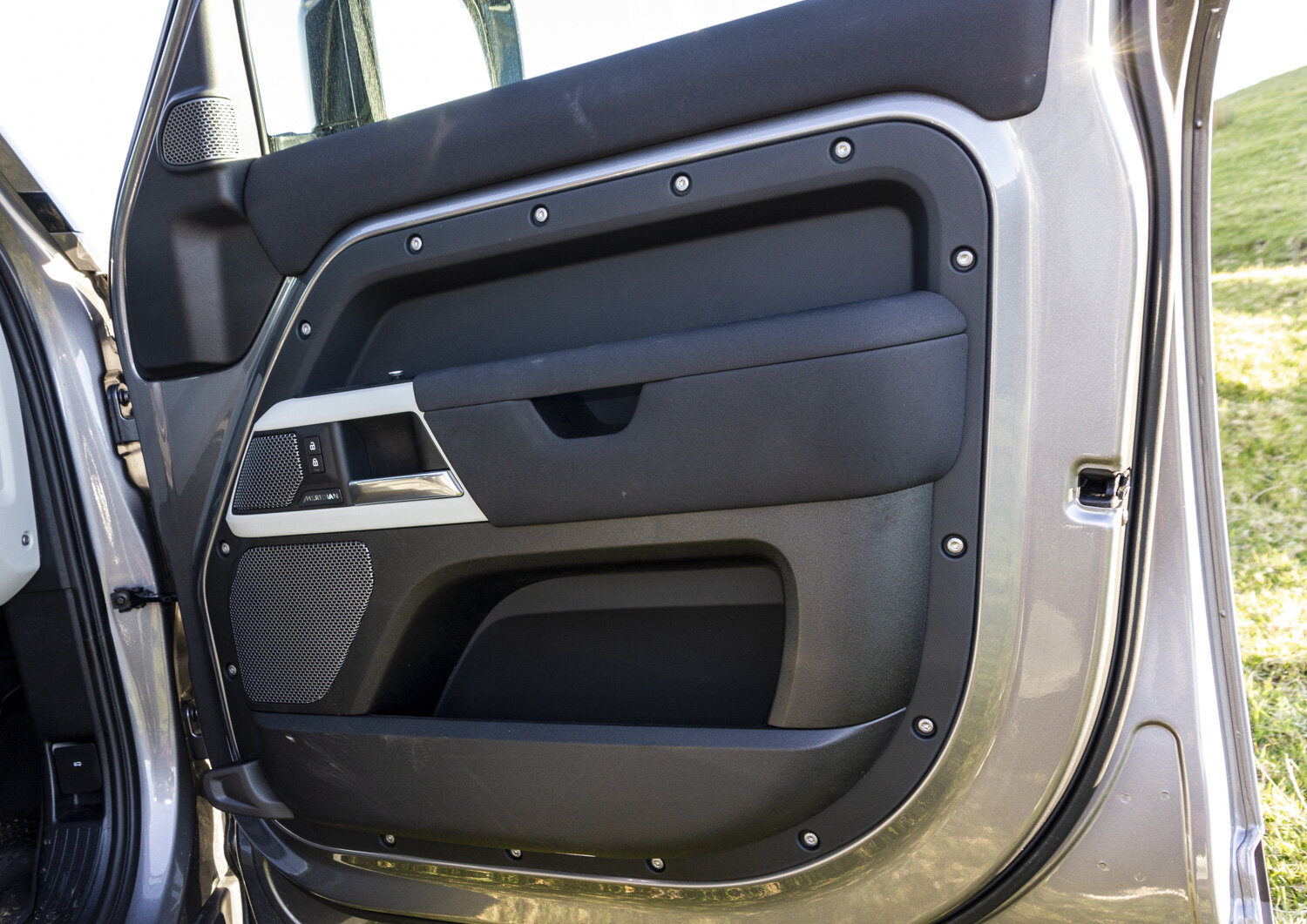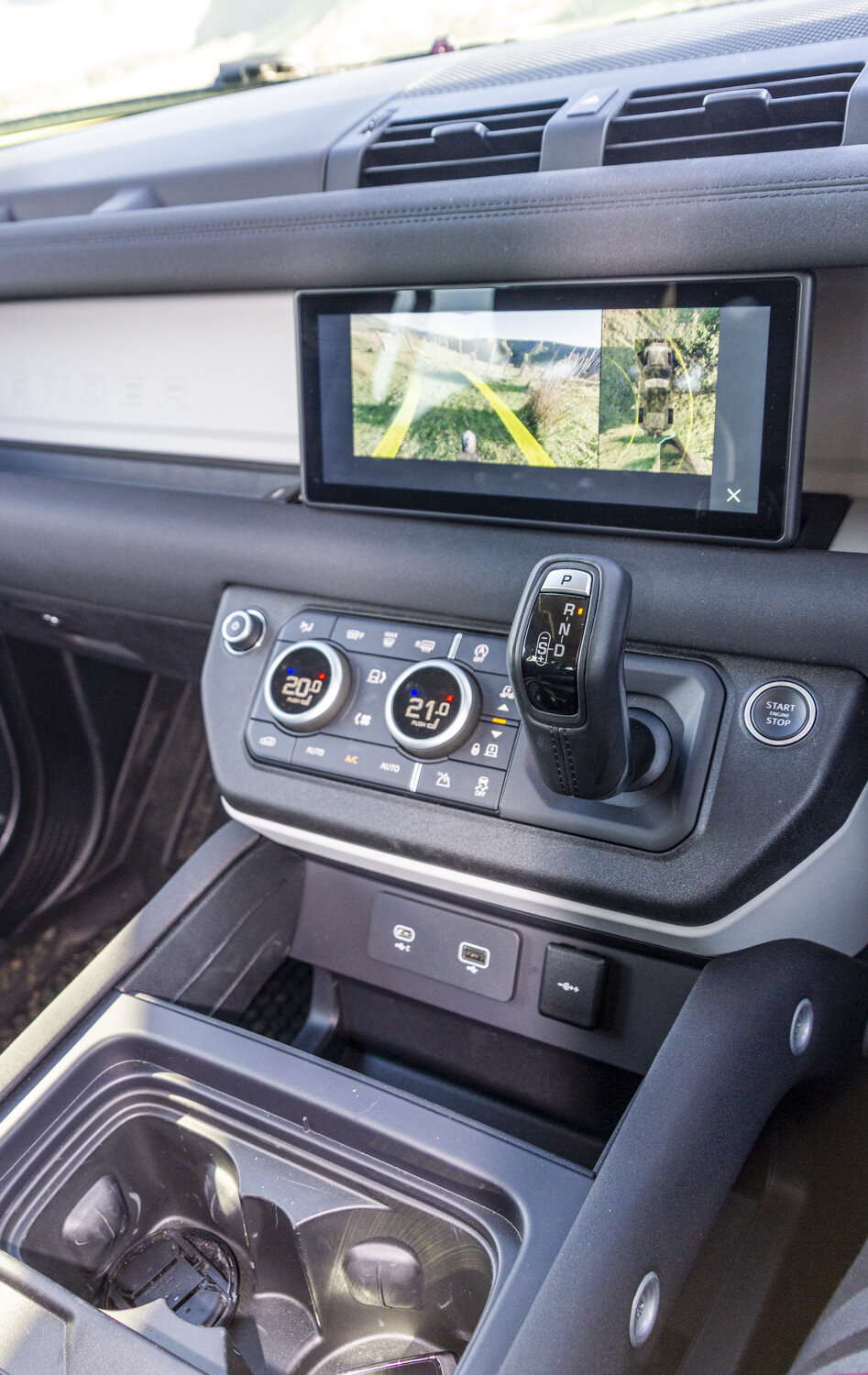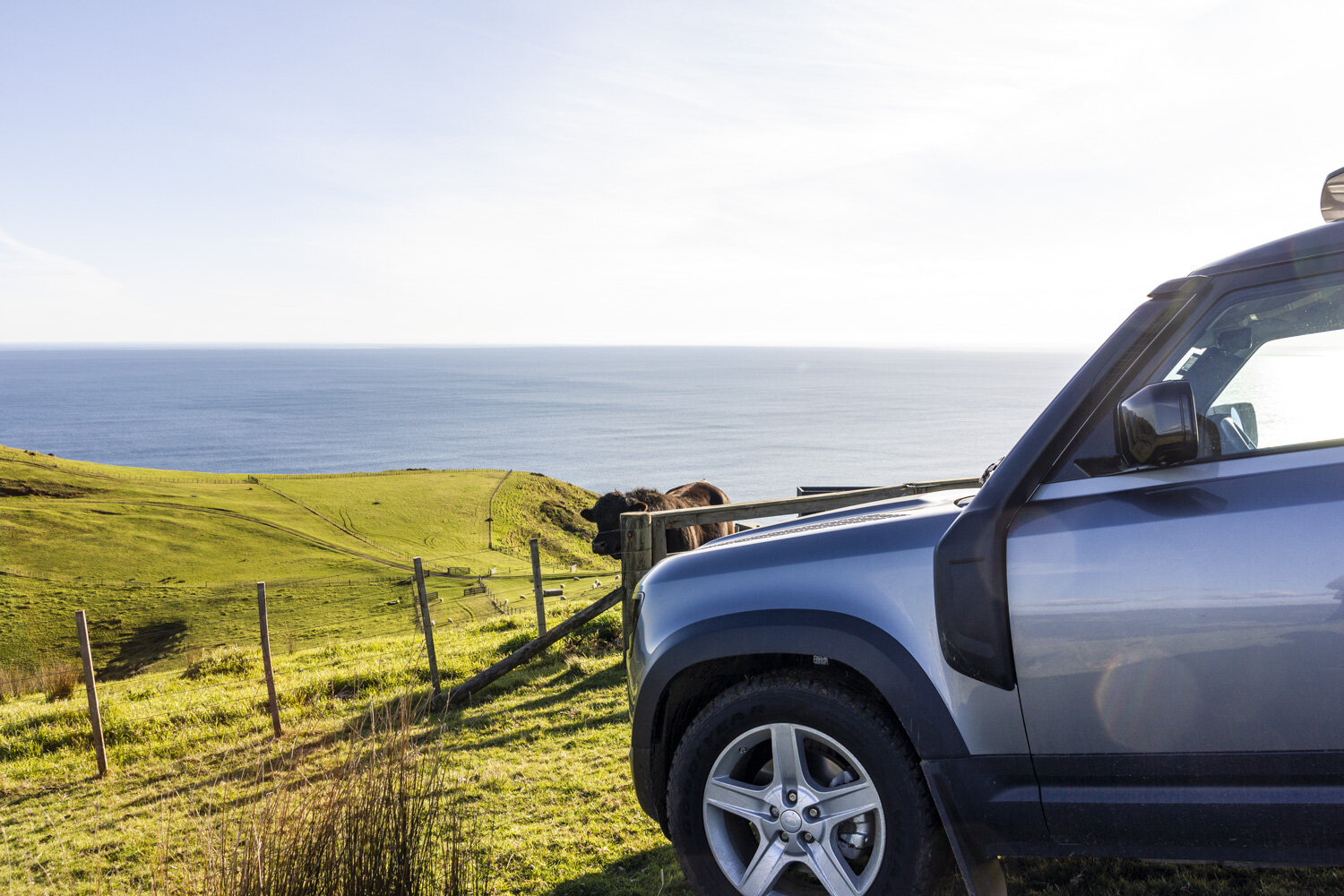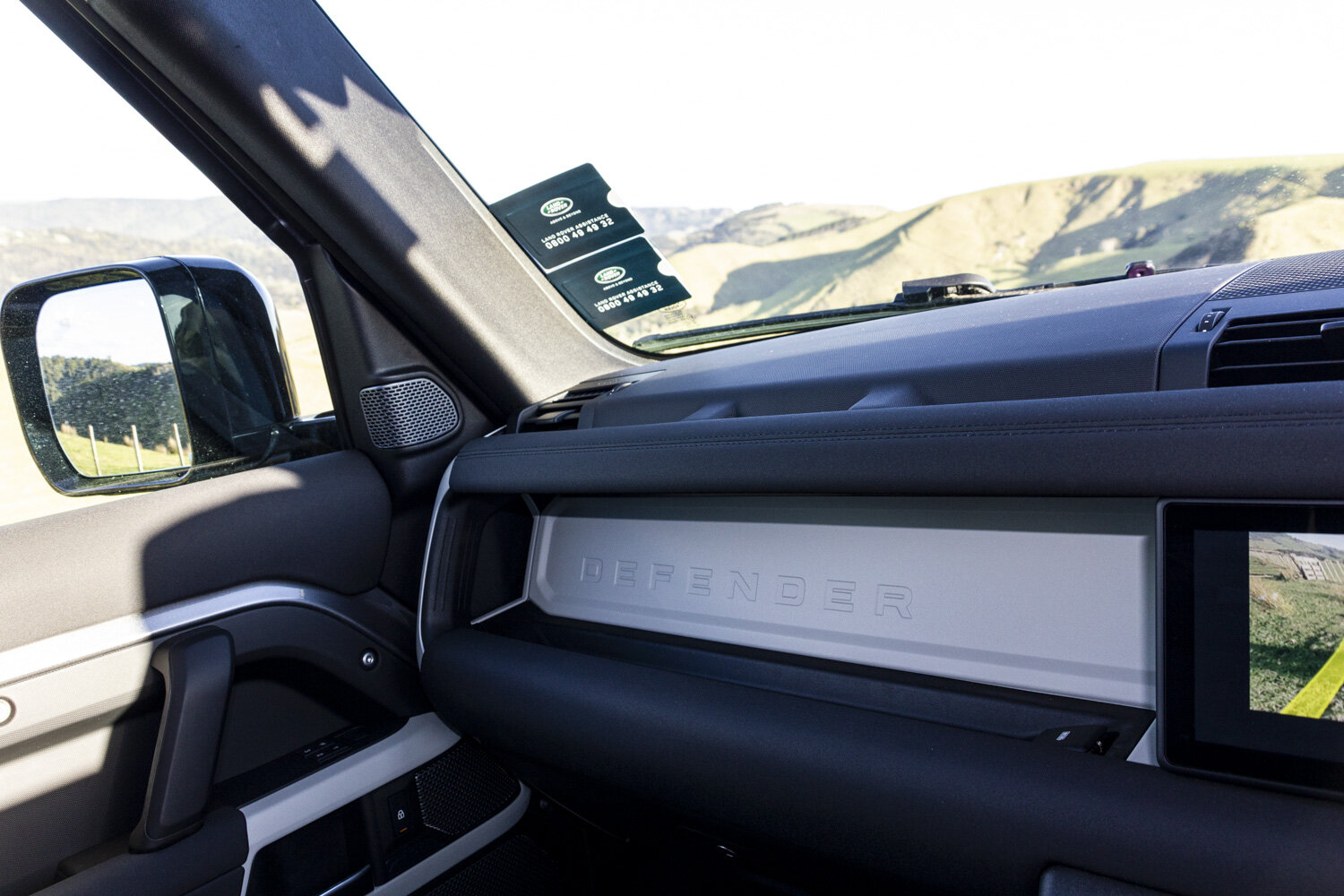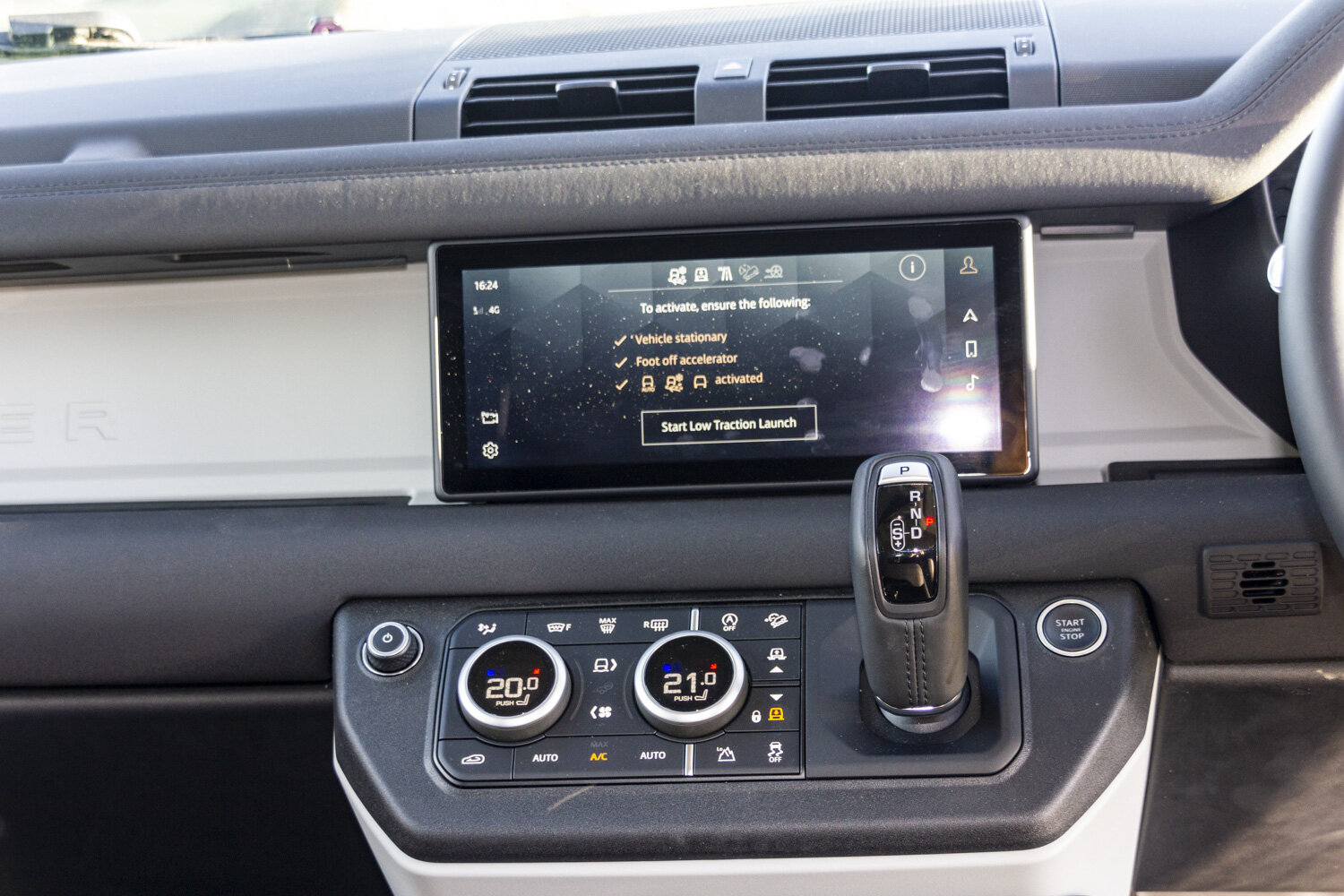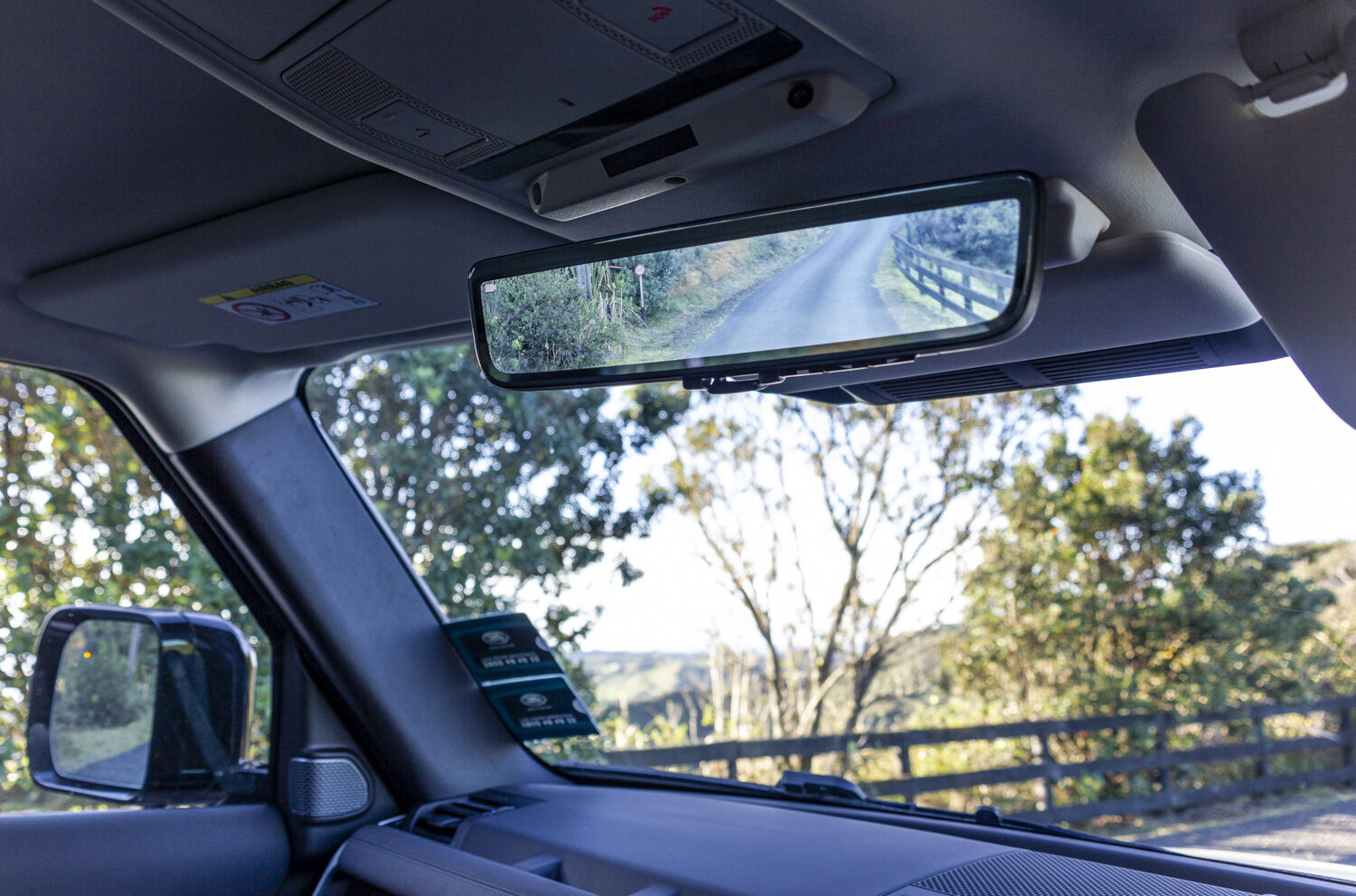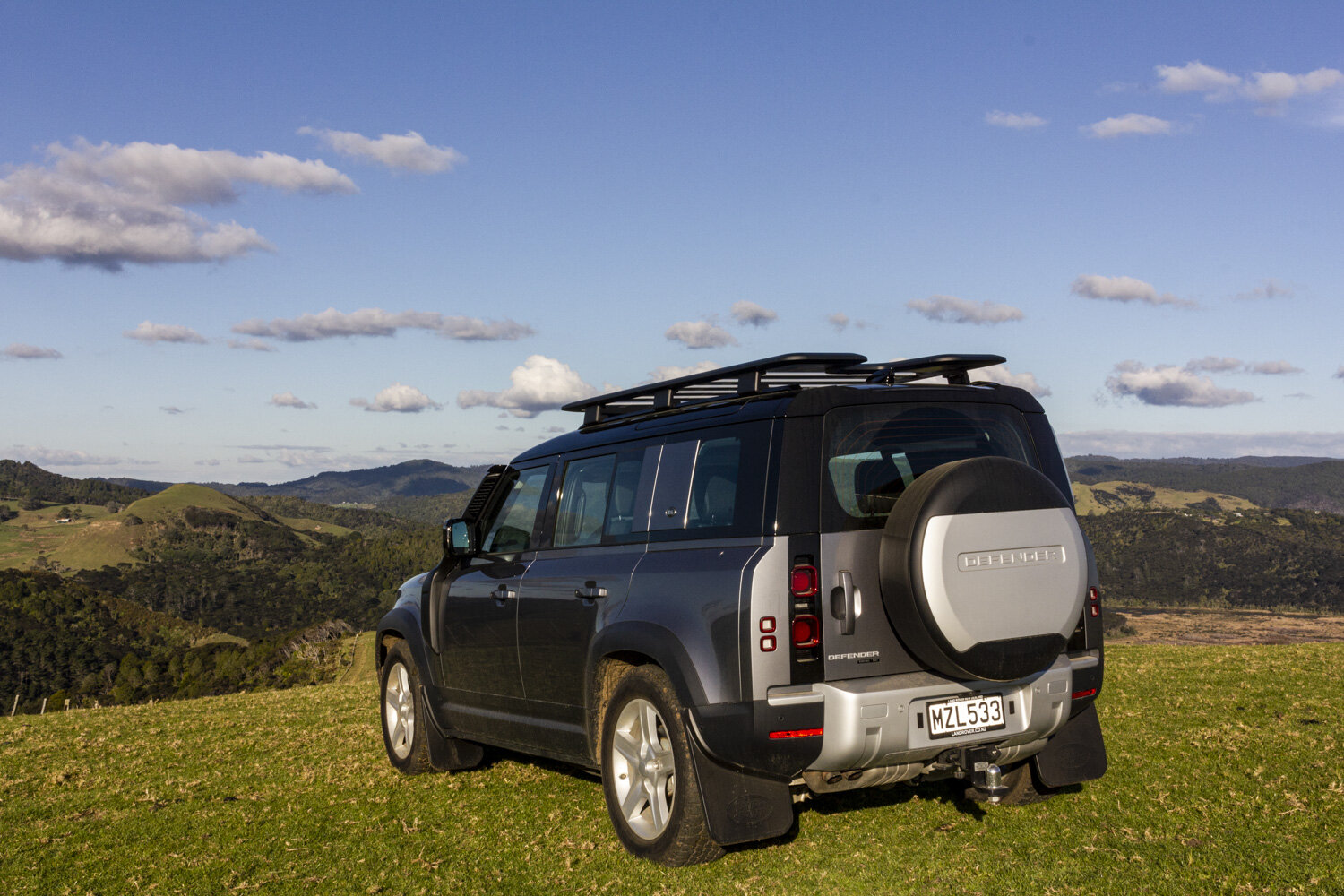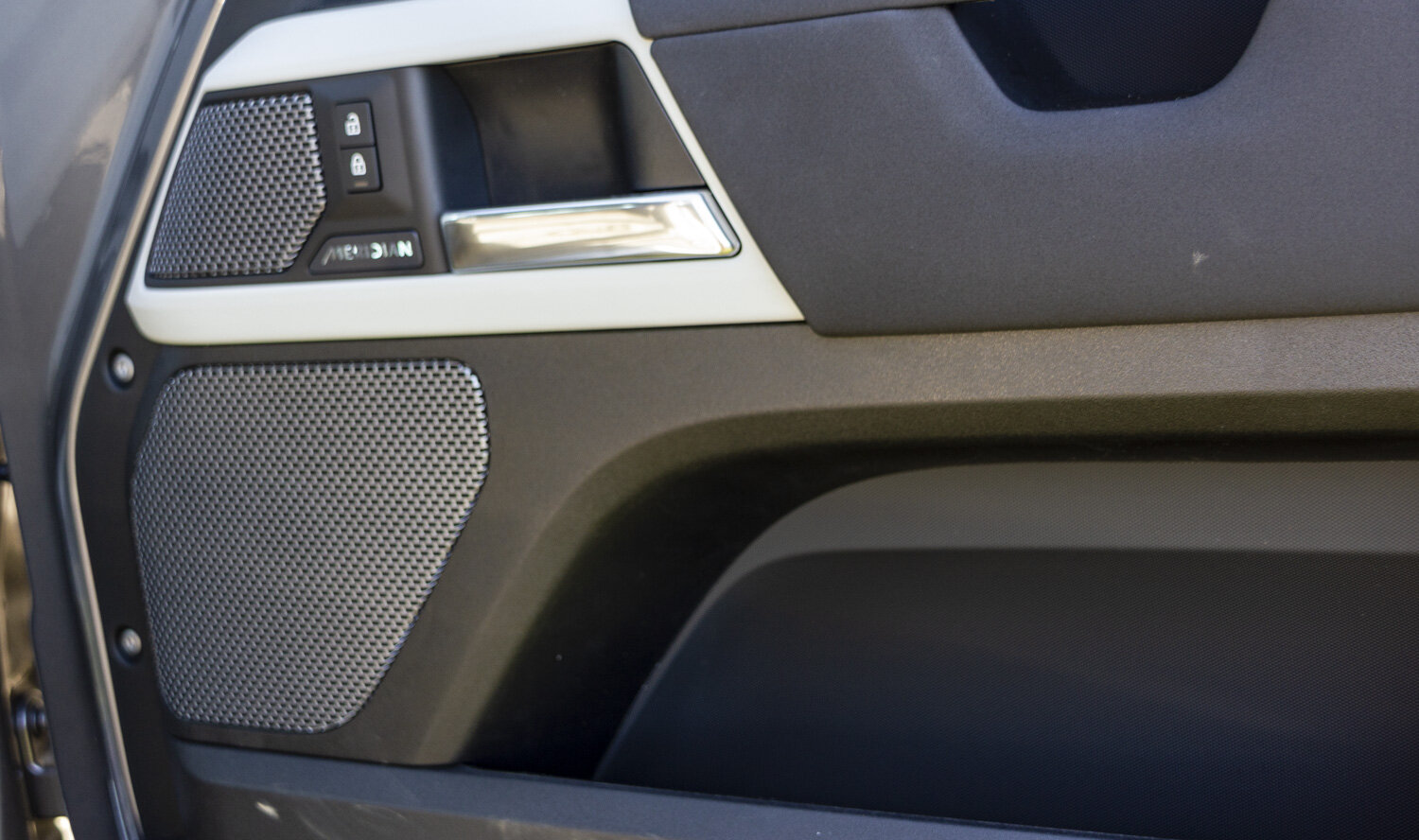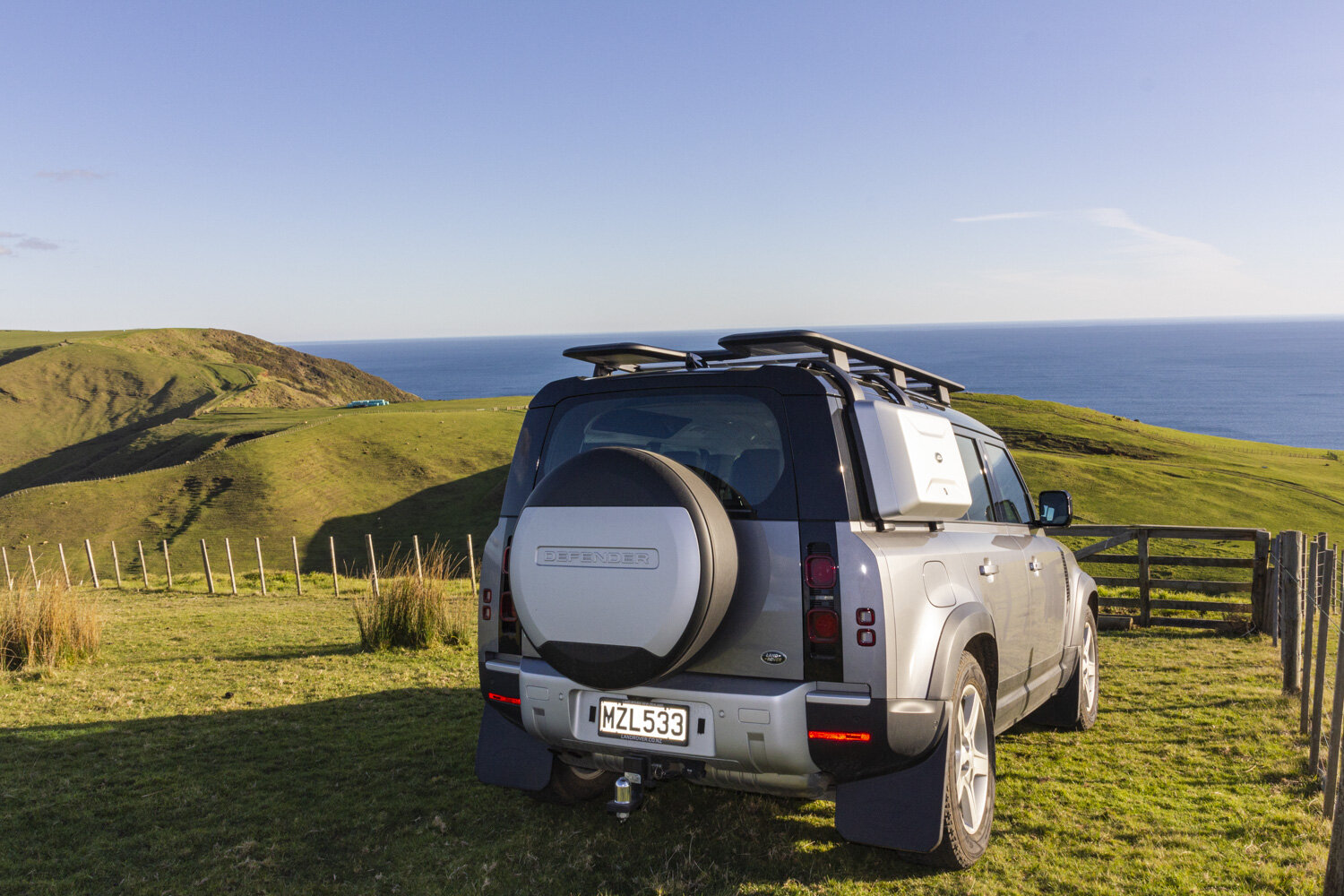Land Rover’s all-new Defender reinvents an icon
We invited the SE model to the farm for test, and are impressed
When Land Rover New Zealand’s general manager, Steve Kenchington, stated at the media launch of the Defender that this vehicle was “the most anticipated in my career” it was no hyperbole.
Instead, this reinvented icon is set to shake up the SUV market thanks to its paired back interior styling, head-turning exterior elements and introducing the Land Rover brand to a new set of customers.
The Defender is priced from $89,900, $125,900 for the First Edition and $159,900 for the 90X and comes as a three-door (aka 90) or five-door (aka 110).
At the end of 2021, Land Rover NZ will have an eight-seater 130 model for sale, plus a hybrid will be available eventually.
The 110 is available with five seats, six ( jump seat up front) or seven seater (technically it’s called a five-plus two).
At the moment in New Zealand only the110 is available, with 90 arriving before the end of the year.
The Land Rover Defender SE diesel easily navigated the farm.
The power trains included a 2-litre turbo-diesel four-cylinder engine producing 147kW of power and 430Nm, a 2-litre turbo-petrol four-cylinder (221kW/400Nm) and 3-litre turbo-petrol inline-six (294kW/550Nm).
The Defender was discontinued from manufacturing in 2016 with it staying relatively the same design during its 67 year run. And unfortunately the design was the reason for the demise as it didn’t meet new European regulations regarding crash safety for pedestrians.
But the Defender wasn’t gone for long and made an appearance at last year’s Frankfurt motor show with its official launch earlier this year, albeit for a slight delay in production due to Covid-19.
The Land Rover looks square but has curves. Photo: Liz Dobson
Before its launch, it had 1.2 million kilometres of on and off-road drives including 45,000 individual tests from +50 to -40 degrees.
The first shipments of the all-new Defender arrived recently and were delivered to Kiwi customers with people trading in such vehicles as the tough Toyota Prado for a bit of British metal.
The most popular model at the moment is the D240 SE, followed by the P400 SE with the Explorer Pack ($10,150) the most popular option.
The Defender had the Explorer Pack, including wheel cover. Photo: Liz Dobson
But if you want a fancier off-roader, Land Rover NZ suggests the Discovery.
The photos of the Defender before the media launch didn’t do it justice. I loved the exterior design that invokes the old one but gives it a modern, yet familiar, look.
Boris the bull thought the Defender was mooo-ving in. Photo: LIz Dobson
The boxy shape makes it stand out against the rest of the Land Rover and Range Rover family and its shape makes the most of carrying space. The short overhangs help off-road but it's not flat sided, instead it has subtle curves. It also has square indicator and brake lights at the rear that sit in black panels – giving it timeless appeal.
The interior is also a stand-out thanks to a deconstructed look with screws on display on the doors, just one infotainment screen and dials to control temperature etc, and the grab handle on the dash for the front passenger.
I was also happy to see that the Defender got ClearSight technology where the fin on the roof is used as a camera, and your rear view mirror turns into a screen for outstanding vision.
The Defender SE had 22in wheels, and five spoke alloys. Photo: Liz Dobson
Ever since that media launch I was excited to have it for a week long road test, and AutoMuse was the first motoring media to evaluate this vehicle.
Arriving at Parihoa was the Defender 240 SE with a 2-litre 4-cylinder twin turbocharged diesel producing 240kW of power and 430Nm of torque. It has the towing capacity of 3500kg and is 1967mm high (a little more with the roof rack), and has a standard right height of 218mm.
But head off road (as we did) and dial in the four-wheel-drive system and the right height increases to 291mm due to Electronic Air Suspension. It also has a maximum wading depth of 900mm, which thankfully we didn’t have to test – hey, Parihoa is by the sea, and has a wetland, we just didn’t want to be in the water.
The Defender has a distinctive grille. Photo: Liz Dobson
The SE diesel is priced from $114,900 and the Explorer Pack added $10,150 to the total, which makes it a pricey option for what is being touted as a rough and ready off-road vehicle.
Our model had the exterior colour of Eiger Grey, and with 20in wheels and five spoke, gloss sparkle silver alloys. Inside was grained leather and robust woven textile seat facings, 12-way electric memory front seats plus a MeridianTM Sound System 400W with 10 speakers plus subwoofer, and blind spot monitor system as standard.
The Explorer Pack includes front and rear classic mud flaps, matte black bonnet decal, spare wheel cover, wheel arch protection, raised air intake, expedition roof rack and exterior side-mounted gear carrier.
The carrier holds up to 23kg of gear and Land Rover says its ideal for your picnic set, a wet suit or dirty shoes.
The Explorer Pack side carrier holds up to 23kg. Photo: Liz Dobson
But as the boot, and all floor mats, have tough rubber covering that you can hose down (and I did), you could just dump your wet or dirty stuff in the back.
As I had to clean the Defender after its off-road, mud-covering experiences, I can tell you that the mud flaps are also a pain to clean – with a few goes needed with a high pressure hose to remove dirt, then they needed a wipe down with our special car cleaning cloth.
The Defender was delivered to Parihoa by two Land Rover NZ staff members, so we took them for an exploration of the 600acre farm in the vehicle.
Our model had the option of the Terrain Response system 2 that enables the driver to optimise the vehicle’s engine, gearbox, centre differential and chassis systems to match the demands of the terrain.
Screws show through on the door panels, adding to the appeal. Photo: Liz Dobson
Instead of the usual coastal loop, we headed onto and down the hillside paddocks so I dialled in ‘sand, grass, snow’ option as I wanted stability on the grassy, steep track. On challenging surfaces like this, torque can be balanced between the front and rear wheels to maximise traction.
As we headed into the forest section then down near the wetland, I opted for the gnarly ‘mud and rut’ setting that allows the tyres to cut through mud to find traction on firmer ground below. This section of the farm was churned up by the stock and has a section of rocks on and by the side of track, before going down into a small stream.
Very aware of my Land Rover guests, and Parihoa’s Ema in the back, plus AutoMuse’s Matt in the front passenger seat on gate duty, I knew that the Defender was more than capable of tackling this, especially with ClearSight ground view (cameras project onto your screen what is below you) so I could navigate the rocky patches – without damaging the tyres.
The Explorer Pack included the raised air intake and roof rack. Photo: Liz Dobson
I also didn’t damage the three rear passengers, thanks to the unique monocoque architecture of the Defender that has triple the torsional rigidity of a body-on-frame design, providing a smooth ride.
As we arrived in more sunnier hill side paddocks, where the ewes and their lambs were, the tracks on the clay ground became easier to navigate – with just continuous pressure on the accelerate needed as I moved back to ‘sand, grass, snow’ option to give me more control before we looped up on to the cliff paddocks and to an outcrop to look up the coast to Muriwai beach.
The drive I took the Land Rover staff on was more difficult than the media press drive’s off-road section, and the Defender did them proud.
The boot and floor mats are hardy. Photo: Liz Dobson
So the Defender nails the off-road sturdy elements, what is it like to drive on tarmac?
Heading away from Muriwai and back into Auckland city, the Defender was a class act on the windy country roads at speeds up to 80km/h but the downside on the motorway was that the expedition roof rack caused a lot of cabin noise – that even the stereo turned up couldn’t ease. But is it something you’d get used to? (Personally, I’d ditch the Explorer Pack as I think it deflected from the look of the Defender.)
The infotainment screen is just the right size. Photo: Liz Dobson
On the motorway, the Defender easily keeps pace and has enough torque for overtaking, but if you want to keep things civil then you can dial in advanced cruise control via the steering wheel. And that’s where the Defender gets extra points; the controls for such things as the stereo on the steering wheel are hard touch so you hear and feel a ‘clunk’, adding a work horse appeal.
Driving around town at 50km/h or less is effortless for the SUV, and is easier to drive and park than most utes. It doesn’t suffer from roughness or wobbling like some in the tough off-roader segment, like the Suzuki Jimny or Jeep’s Wrangler.
And if you do drive it in the city, prepare to get some attention as the all-new Defender turns head, but more importantly it will get nods of approval from stalwart off-roading fans.



